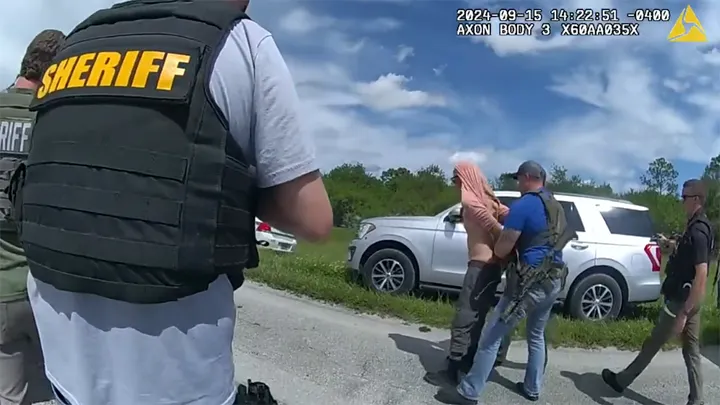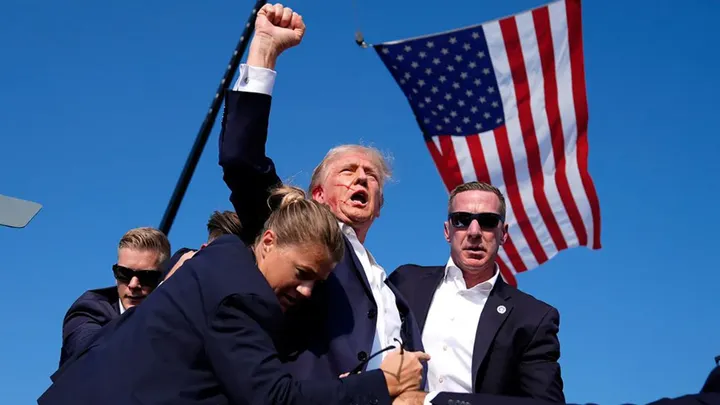Donald Trump Assassination: On September 15, 2024, a significant incident occurred involving a second assassination attempt on former President Donald Trump. The suspect, Ryan Wesley Routh, is a 58-year-old man with a troubling background. He was arrested after allegedly stalking Trump while he was golfing at his course in West Palm Beach, Florida. This incident has raised serious concerns about political extremism and the potential for violence in today’s society.
Background of Ryan Routh
Ryan Routh has a long and complicated history. Originally from North Carolina, he had lived in Hawaii for several years before this incident. His criminal record dates back to the 1990s and includes serious offenses. In 2002, he was convicted of possessing a weapon of mass destruction, which prohibited him from legally owning firearms. This history raises questions about how he managed to acquire an AK-47-style rifle for his assassination attempt.
Routh’s online presence paints a picture of a man filled with rage and radical views. He had previously expressed support for various political figures, including Bernie Sanders and Tulsi Gabbard, but his opinions shifted dramatically over time. He once voted for Trump but later became highly critical of him. In a self-published book titled “Ukraine’s Unwinnable War,” Routh even suggested that it would be acceptable for Iran to assassinate Trump, calling him a “fool” and a “buffoon” for his actions during his presidency.
The Assassination Attempt

On the day of the incident, Routh allegedly spent hours hiding near the golf course where Trump was playing. He was spotted by Secret Service agents who noticed him poking his rifle through a chain-link fence. Shots were fired at him by the Secret Service as he attempted to escape. Fortunately, Trump was quickly whisked away to safety without injury.
Witnesses played a crucial role in Routh’s capture. After fleeing the scene, he was identified by a witness who photographed his vehicle as he drove away. Law enforcement was able to track him down shortly after the incident based on this information.
Radicalization and Online Activity
Routh’s online activity reveals a deep-seated anger towards Trump and other political figures. His posts became increasingly radicalized over time. He expressed disappointment in Trump’s presidency and called for violent action against various targets, including support for Ukraine amidst its conflict with Russia.
In addition to his political rants, Routh had attempted to recruit foreign fighters to support Ukraine’s military efforts against Russia. He claimed to have spent time in Ukraine trying to connect with military units but was ultimately viewed as delusional by officials there.
Routh’s social media accounts have since been suspended, but before that happened, he made numerous provocative statements online. For example, he urged Ukrainian forces to continue fighting until Moscow was “a pile of rubble.” His posts often included calls for violence and radical action against perceived enemies.
Implications of the Attempt
The failed assassination attempt on Trump highlights broader issues of political extremism in the United States today. It raises questions about how individuals like Routh can become radicalized and feel justified in resorting to violence against political figures.

This incident is particularly concerning given that it follows another assassination attempt on Trump just two months prior. The increasing frequency of such threats suggests that political discourse has become dangerously polarized.
Politicians from both sides have condemned the violence and expressed concern for Trump’s safety. Many are calling for more attention to be paid to individuals who exhibit signs of radicalization online.
Conclusion
The attempted assassination of Donald Trump by Ryan Routh is a stark reminder of the potential consequences of political extremism. Routh’s history of criminal behavior and radical views illustrate how deeply divided political sentiments can lead individuals down dangerous paths.
As authorities continue their investigation into Routh’s actions and motives, it is essential for society to reflect on the implications of such incidents. Understanding how individuals become radicalized is crucial in preventing future acts of violence against public figures.
This incident serves as a warning about the current state of political discourse in America and the need for vigilance against rising extremism. The safety of public figures should always be a priority, as should fostering respectful dialogue among differing viewpoints in society.
Go to mwcd.in Homepage To Get Relevant Content.